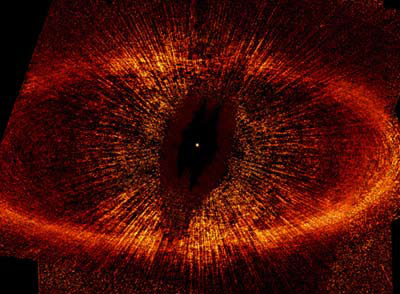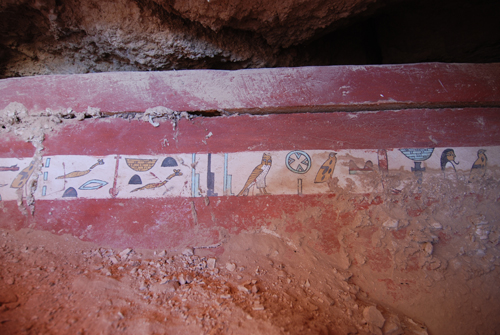Blogging update Light posting for the next day or so. I finally caught The Cold that's been making the rounds. I count myself lucky that at least it's not the flu. I think it's been in Seattle but no one I know has gotten it yet. Not an
awful cold, but not a light one either. It's kind of been building for a week now; I could feel my sinuses getting a little freaky last week and had something of a headache a lot. Hit Monday evening. I could tell something was going on because Monday morning I woke up and was all hot and sweaty and then I went and had an awesome workout. I've learned that when I have a
really good workout (this is at 6:15 am) it usually means I've caught something.
Anyway, lots of stress lately so that might have brought it on, or maybe kept it at bay. You see, I am changing jobs in the near future and it's been an incredibly stressful decision. I spent 15 years at one place but then had to leave in 2005. I was a "temp" for all 15 years, which was mostly okay because I was working myself through grad school and the flexibility (you know, to pop off to Egypt for 2-3 months at a time) was ideal. But then I got my degree and. . . .didn't know what to do. I stayed on but eventually I was sitting on grant money at only 50% and the rules then were that one could not combine more than one temp position into one full time one. I tried to find a way to stay but couldn't. I spent one year at a bank creating predictive models, but that bored me silly.
Then I ended up at an internationally recognized non-profit managing data for a large study in India and China. That was great fun, BUT the grant ran out last December. I managed to secure funding for 2008 but doing a lot of stuff that doesn't really interest me and that I'm not all that skilled in either, such as cost models. I applied for another 2-year grant-funded position at my old shop and after haggling over the salary for a while had to make a decision whether to stay or go.
Toughest.Decision.Of.My.Life. Stay, where I have to constantly sell myself to get on other people's projects and do mostly everything I'm not that good at, or go, and do something really interesting but has a 2-year life span? Yeesh. I finally decided that if I want to do anything research-related, grant money is almost a prerequisite. So whichever place I ended up at, securing funding was just part of the landscape. I decided to go back to my old place for a few reasons; I know people there so easier to network; a regular permanent position is possible where it isn't at the place I'm at. And more opportunity to work with, um, dead people.
I don't know how I did it 20 years ago, just casually flipping from job to job, nary a care in the world. Somehow I always manage to stay (mostly) employed. Now deciding between two roughly equal job durn near kills me. I should just stay in grad school my whole life. . . .
Will try to post some tomorrow.
Addendum: I downloaded Vivaldi's Gloria along with Bach's Magnificat on the same CD. Truly excellent. Vivaldi was my first real love in classical music and still mostly is although I have ventured more into sacred polyphony the last few years. Vivaldi still just makes me happy. If you don't like the choral stuff, try
l'estro Armonico. Anything done by the Academy of St. Martin in the Fields will be a good performance. I haven't tried it, but
this site seems to have a bunch available for download.






